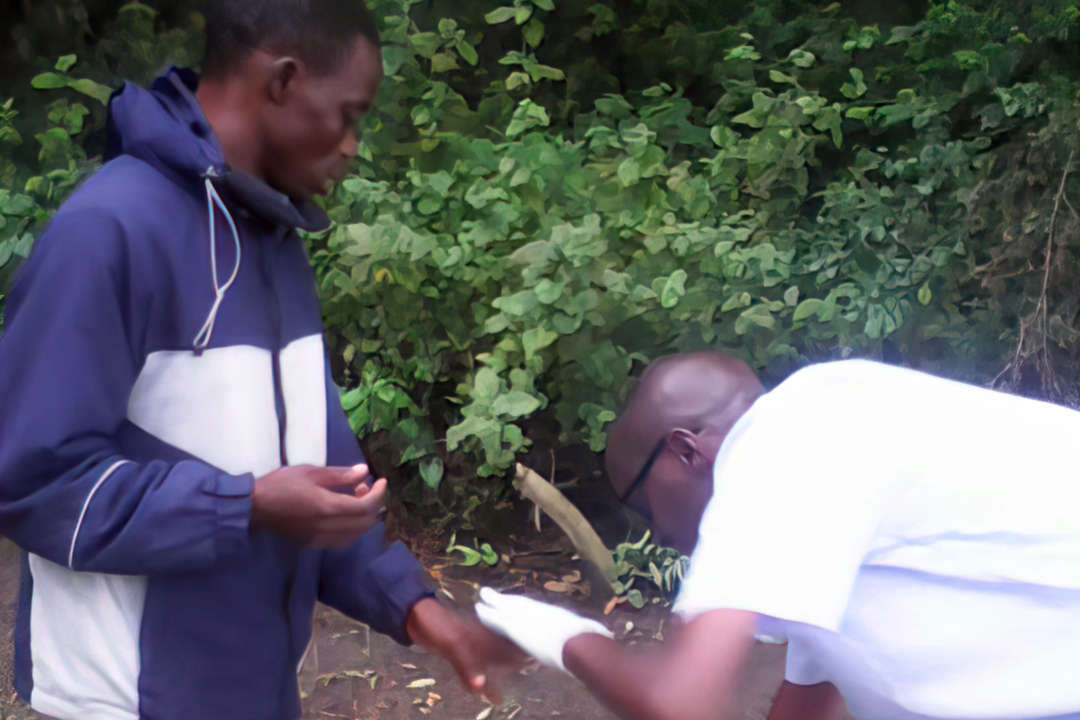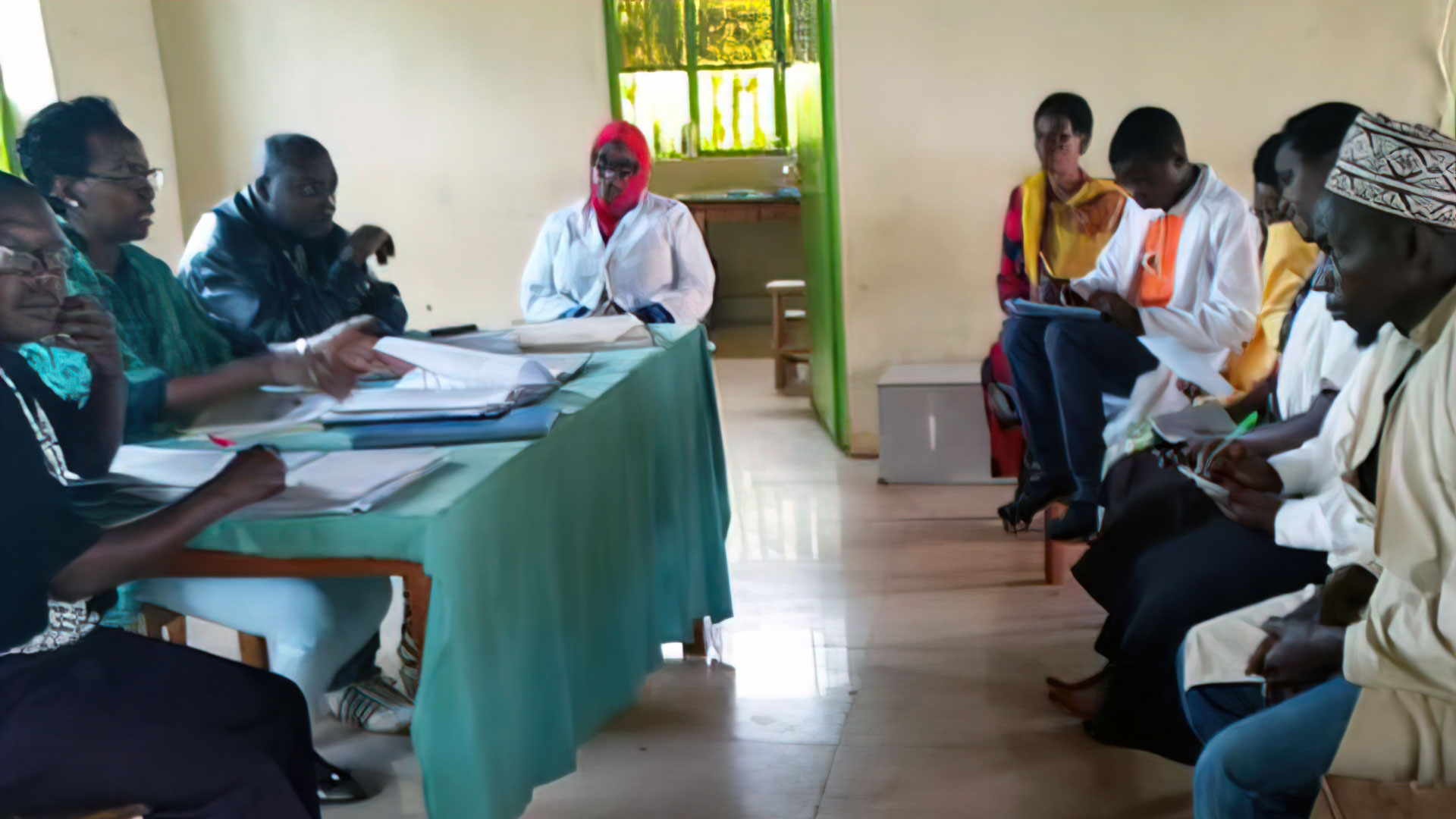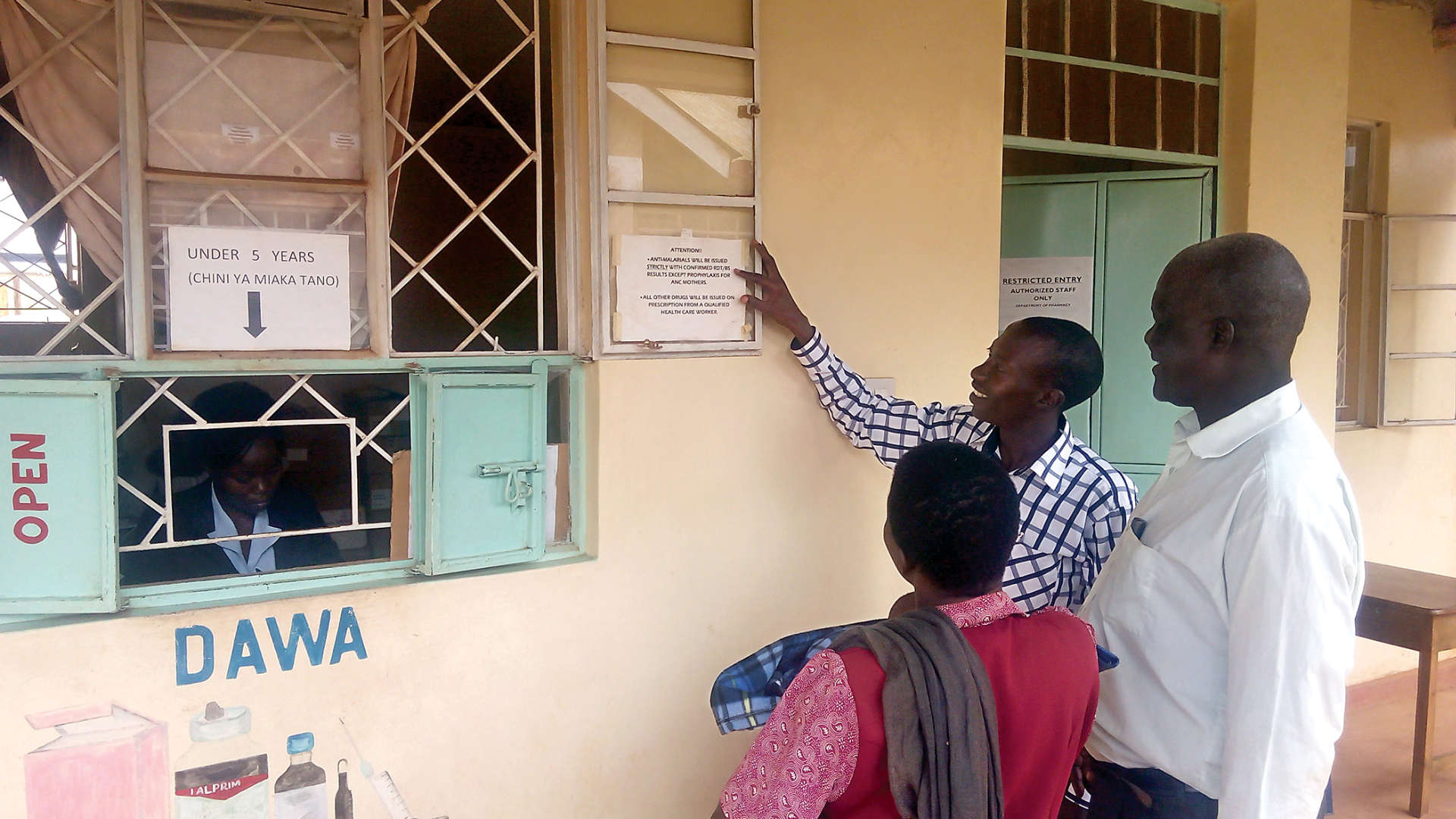Boniface Harerimana, a community health worker at the Rukaramu Health Center in Burundi since 2013, provides care and support to people living with HIV (PLHIV). The health center is one of the 21 health units in Bujumbura Rural Province supported by the USAID Reaching an AIDS-Free Generation (RAFG) Activity, which is being implemented in 10 provinces to help the country move towards HIV elimination.
Boniface’s work is not easy. In implementing the Ministry of Public Health’s new recommendation to scale up implementation of a test-and-treat strategy, he has encountered many challenges. The test-and-treat strategy targets most-at-risk populations and entails screening for HIV infection and providing those diagnosed with HIV antiretroviral (ARV) drugs the same day. Boniface soon realized:
- Many HIV-positive people do not readily accept their diagnosis, and some prefer to live in isolation;
- Some clients face challenges in adhering to ARV treatment;
- Appointments to pick up medications and undergo viral load testing are often missed or cancelled; and
- PLHIV who are asked to list their sexual partners often list only their spouse and biological children but are reluctant to name other sexual partners because they fear that providers will reveal the information.
Building Trust in the Community
In short, many PLHIV, especially the newly diagnosed, confront the challenges of living with HIV but do not necessarily trust providers to be supportive and non-judgmental. Boniface realized he needed to change how he was working to win the trust of his patients. And change he did.
Initially, he held an orientation session for community health workers on the UNAIDS 95-95-95 targets: by 2030, 95 percent of all people living with PLHIV will know their HIV status; 95 percent of all people with diagnosed HIV will receive sustained ART; and 95 percent of all people receiving ART will have viral suppression. He explained the role of the community in reaching these objectives.
Eighty-four participants from nine sites supported by the project in Sale Health District attended the session. He assigned PLHIV to the eight community drug distribution points in Rukaramu. Most importantly, he established new routines to build trust and connections between community health workers and the people they serve. The new routines included:
- Making visits to the community to check if drugs were being provided correctly;
- Visiting clients at their homes and the places where they work, including the fields where they grow rice, corn, and beans and the spots where they fish. This strengthened friendships and improved trust between providers and clients;
- Personally buying food for his family from sellers who are PLHIV active clients;
- Prioritizing active clients for any job openings at the community drug distribution points;
- Spending 20-40% of his free time in the community with clients to get to know them better;
- Engaging in dialogues with religious groups asking that they refer congregants for treatment and promote behaviors to decrease the risk of HIV infection and support the reunification of families who sometimes separate as a result of a case of an HIV-positive person in the family;
- Explaining the index testing strategy to clients during pre-test counseling to encourage them to list all sexual partners. Index testing, also referred to as partner testing/partner notification, is an approach where the exposed contacts (e.g., sexual partners, biological children) of an HIV-positive person are contacted and offered HIV testing;
- Setting up HIV testing in the community and/or workplaces; and
- Providing testing services to children and sexual partners.
Community Linkages Produce Results
After more than a year of putting these activities into action, results have been encouraging. Rukaramu Health Center – which identifies between one-quarter and one-third of new HIV-positive cases in all 21 sites – has led the way in achieving success with index client testing. For example, from October to December 2020, the facility identified 18 of 21 new HIV-positive cases through index testing. That is the difference that one committed community health worker can make.
Improvements in identifying HIV-positive cases in the Rukaramu community are due to the extra efforts taken by health workers such as Boniface. The link between the community and health facility is also a factor in the success of ARV initiation, which stands at 100% at the Rukaramu Health Center at the end of December 2020. One hundred percent of HIV-positive cases were enrolled on ARVs the same day of HIV diagnosis.



